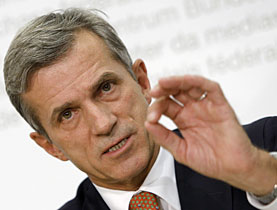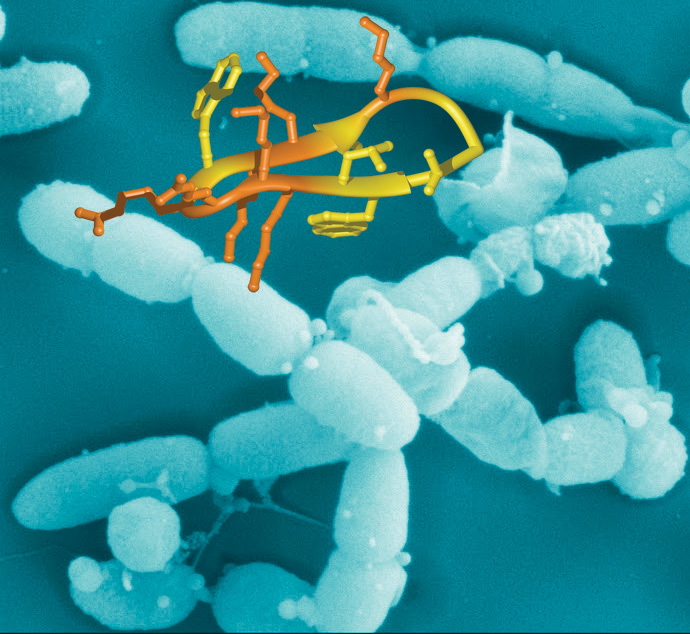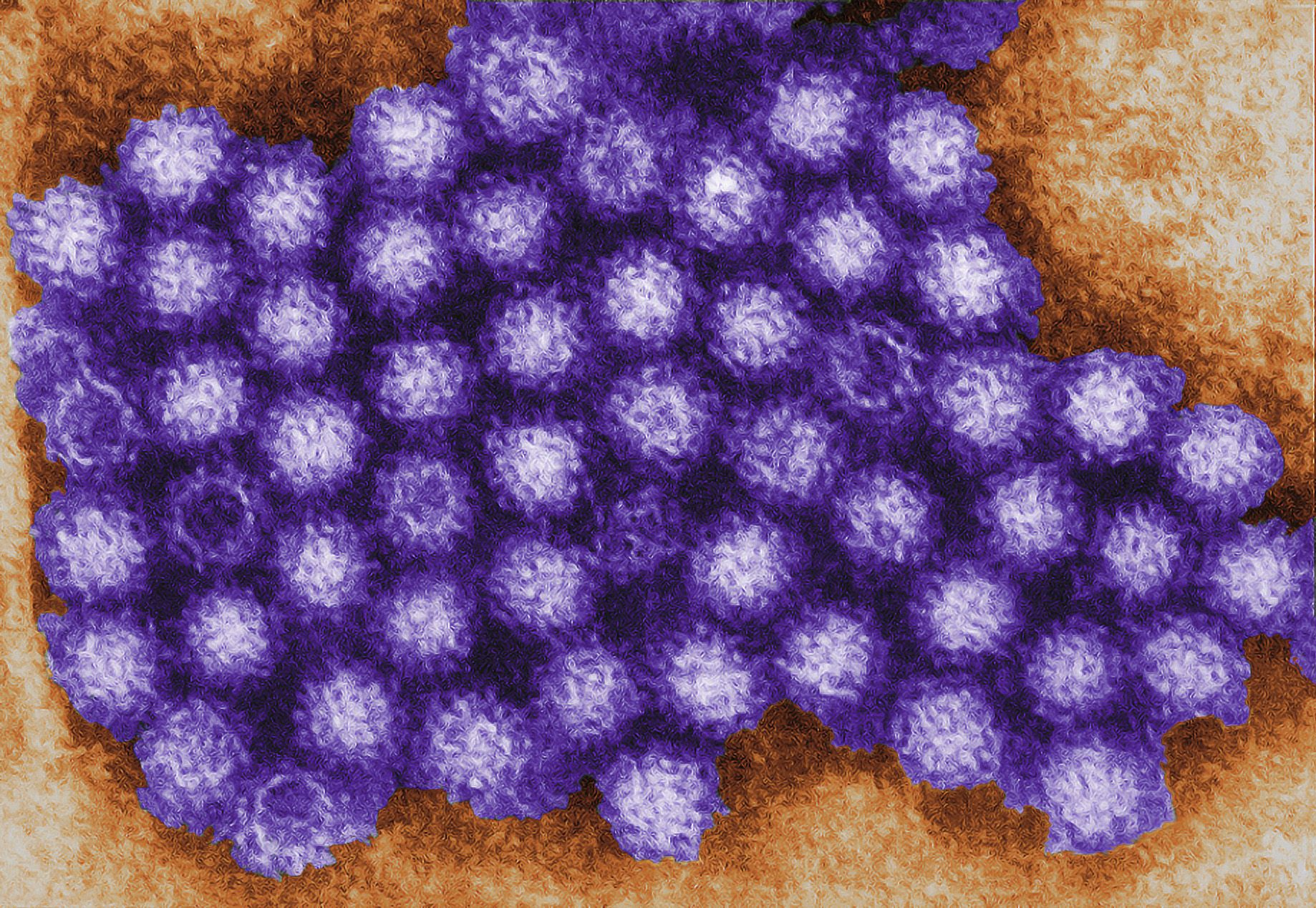Killer viruses bound for the Bernese Oberland

Ebola and Marburg are headed for the Bernese Oberland – in a controlled fashion. Lakeside Spiez is the home of a new maximum-security biological laboratory.
With a security level of four – the maximum – the lab is designed for the speedy analysis of deadly pathogens, including those intended for germ warfare.
Surrounded by thick metal doors, concrete walls and secure vaults, workers in white jumpsuits and pale blue gloves shuffle around with syringes and petri dishes. Blue tubes link them to a hose that pumps oxygen into their suits.
It may look like a scene out of a science-fiction thriller, but it is the real deal. Starting in 2011, the Spiez lab will study viruses that are presently untreatable.
It will examine germs with a risk level of four, which is the highest level. It is a first in Switzerland; worldwide, there are only about 30 such labs equipped for the task.
“We’re closing an important security hole in the area of biological warfare,” Swiss Defence Minister Ueli Maurer told swissinfo.ch.
He pointed out that biological weapons can get into the hands of terrorists and nations with weak governments, posing a real danger to domestic security.
Migrants contaminated with biological agents could present another situation in which the lab in Spiez would be able to deliver fast results.
Pandemic threats
The lab would also be key in handling pandemic threats like Sars (Severe Acute Respiratory Syndrome), avian bird flu and swine flu, according to Thomas Binz, head of the Federal Health Office’s biological safety unit.
In any event, it is important that Switzerland be able to act swiftly and independently in a crisis, says Andreas Bucher, the lab’s strategy and communications manager.
“During a pandemic or an attack with biological weapons, every country is on its own,” Bucher told swissinfo.ch.
However, that doesn’t mean that nations don’t work together. In fact, the new lab has plans to collaborate with the World Health Organization.
“We’re contributing to the world’s security, and that is a noble mission,” said Maurer.
Tight security
The laboratory in Spiez is located on the property of a military training centre – making it convenient for the lab to analyse biological weapons for the Swiss Army if need be.
However, only lab employees will have access to the facility, which is not intended for the use of the military. Bucher stressed that the lab would not be producing biological weapons.
“Whether civilian or military, we want to guarantee the safety of the population. The mutual exchange of experience and knowledge contributes to the high level of security,” said Maurer.
To enter or leave the building, laboratory workers must pass through countless security tunnels and take showers to eliminate any contamination risk.
A complex system of pipes and filters cleans the air and waste water. Garbage ends up in a steam oven that kills the germs.
Worst-case scenarios
According to Maurer, the chances of a pathogen escaping the building are nearly nil.
“There are multiple overlapping emergency scenarios. We can assume that nothing, really nothing, will get outside. Every system and machine has multiple safeguards,” said Maurer.
To avoid human error, employees will have to act out various emergency scenarios, explained Marc Strasser, the lab’s head of virology.
His colleague Bucher said that in addition, all activities and procedures would be monitored by the authorities.
“For our work, it doesn’t really matter whether a virus appears naturally and causes illness or whether it is released intentionally through a military regime or terrorists,” said Bucher.
“The main thing is that the pathogens are diagnosed as fast as possible so that the necessary medical measures can be taken.”
No opposition
It seems that none of the lab’s neighbours object to having such a germy enterprise in the vicinity. When building plans were announced, not a single objection was filed.
“The open and stringent communication policy surely helped to establish trust,” said Franz Arnold, the mayor of Spiez.
An informal swissinfo.ch poll of workers in the surrounding industrial area indicated that the new lab is not a topic of discussion. A man working at a garage said that he was a bit taken aback to see footage of the lab on television.
“As ordinary citizens we can’t do anything about it anyway,” he said.
Meanwhile, Jakob Rieder of nearby Schnydrig AG said he had faith in the people working at the lab.
“But inevitably, a minimum level of risk always remains. And then we would be directly affected as we’re only a couple of hundred metres away.”
Corinne Buchser in Spiez, swissinfo.ch (Adapted from German by Susan Vogel-Misicka)
The Spiez Laboratory is the Swiss centre of expertise in protection against nuclear, biological and chemical (NBC) hazards.
NBC protection refers to all measures to thwart these threats.
The lab was founded in Wimmis 85 years ago. It moved to Lattigen near Spiez 30 years later.
Construction of the new high-security lab began in 2007; it cost nearly SFr29 million ($27 million) to build.
It is scheduled to begin operations in 2011.

In compliance with the JTI standards
More: SWI swissinfo.ch certified by the Journalism Trust Initiative













You can find an overview of ongoing debates with our journalists here . Please join us!
If you want to start a conversation about a topic raised in this article or want to report factual errors, email us at english@swissinfo.ch.